I am currently working as a Member of Techincal Staff at Oracle Corporation. I am part of the GoldenGate team, responsible for developing the GoldenGate product. I completed my Master's in Computer Science from the University of Wisconsin-Madison. During my stay there, I worked on many projects under Prof. Shivaram Venkataraman and Prof. Theodoros Rekatsinas.
Before my Masters, I was working at Nvidia on the Geforce Now Cloud Game Streaming Platform. I worked with the QoS (Quality of Streaming) team, and we were responsible for ensuring a good gaming experience in varying network conditions. I have also completed an internship at the Samsung R&D center India, working with their Smart Devices Team.
I completed my undergraduate from IIT Bombay with a major in Electrical Engineering and a minor in Computer Science. For my final year project, I worked with Prof. Madhav Desai on building an end-to-end communication system with hardware encryption.
My interests broadly lie in the domains of Big Data Systems, Distributed Systems and Machine Learning. In my free time, I like to read books (my Goodreads profile), play sports (especially badminton and soccer), tinker with side projects, and play video games.
This is my professional and educational journey.

I am currently part of Oracle's GoldenGate Team. We are responsible for developing the GoldenGate product, which allows real-time database replication across multiple databases. GoldenGate enables customers to manage data migration and replication efficiently, allowing them to quickly build complex analytics or data transfer pipelines on top of the database.
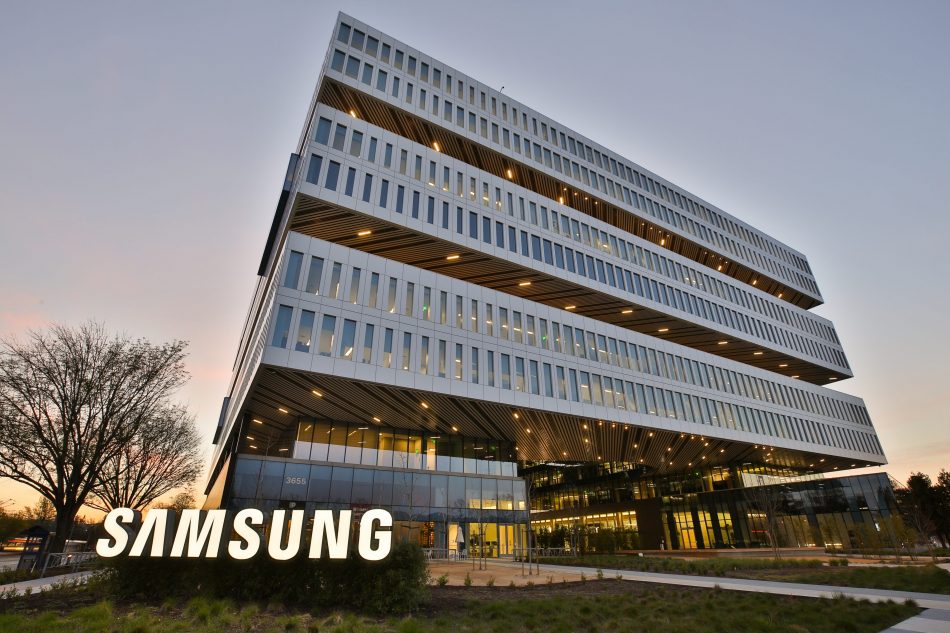
For the summer of 2022, I worked at Samsung ACL (San Jose, CA) Office with the GPU SW team. I worked on the ANGLE project, which translates OpenGL ES API calls to Vulkan API calls at runtime. I developed techniques to profile GPU memory usage and used the results to implement memory optimizations in ANGLE codebase.
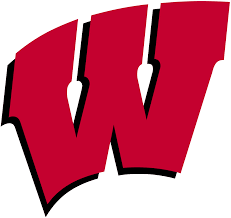
I completed my Master's in Computer Sciences from the University of Wisconsin-Madison. While at UW Madison, I focused on the domains of Big Data Systems, Distributed Systems, and Machine Learning. During my stay, I completed many projects in these domains, and you can find more details about those in the projects section. I also worked under the guidance of Prof. Shivaram Venkataraman and Prof. Theodoros Rekatsinas on the Marius and ASKEM projects.

I worked on Nvidia's Geforce Now cloud gaming service. I was part of QoS (Quality of Streaming) team, where we designed algorithms to dynamically change streaming parameters based on the user's network conditions to provide the best gaming experience.

I worked in Samsung's Smart Devices team, where we worked on developing methods to improve user experience by analyzing data generated from smart devices. I worked on implementing clustering techniques on data to gain insights in user behaviour patterns which can be used to improve user experience.
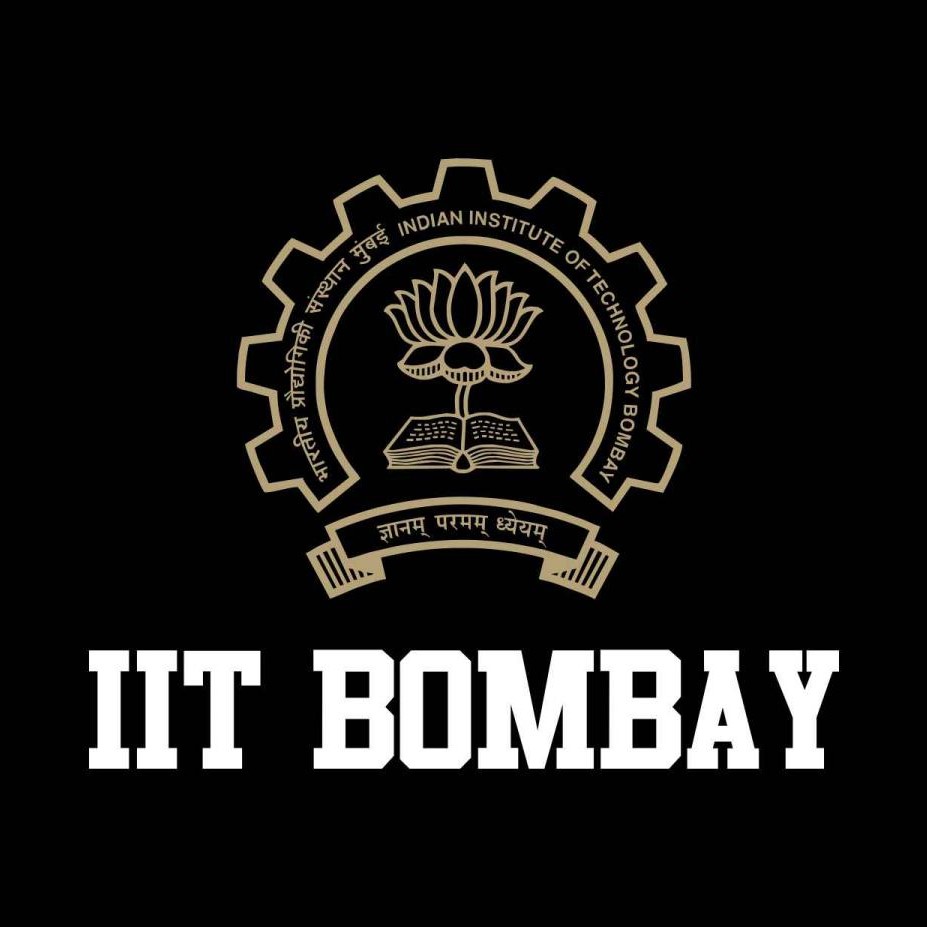
I graduated from IIT Bombay with B.Tech in Electrical Engineering with Honours and Minor in Computer science. My final year project was under Prof. Madhav Desai, where we worked on building an end-to-end real-time server-based communication link with hardware encryption (details).
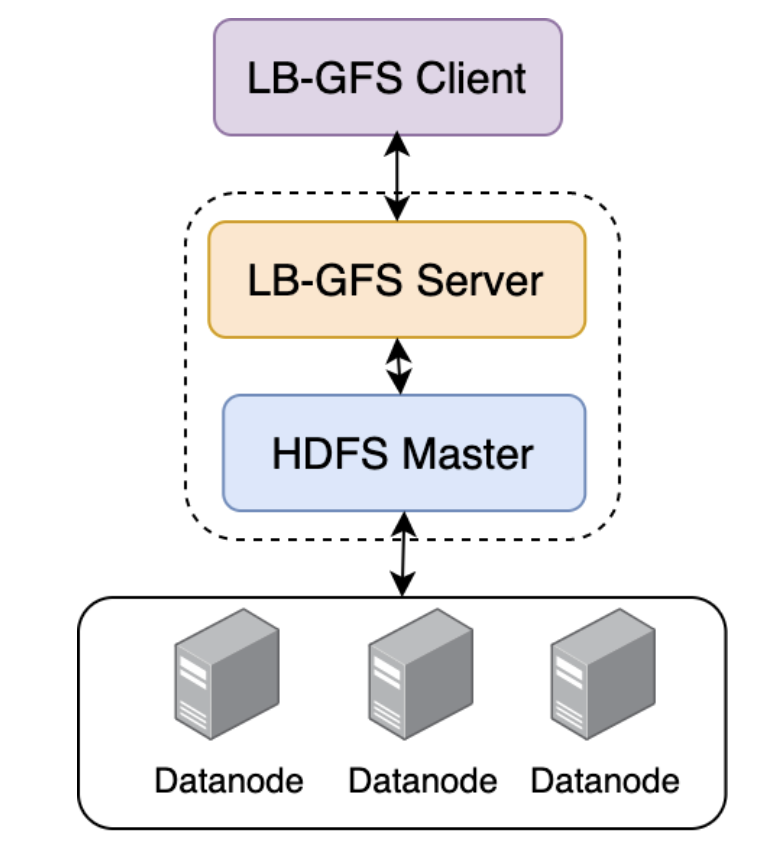
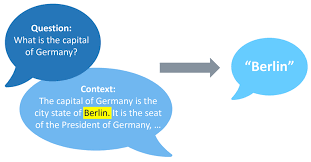
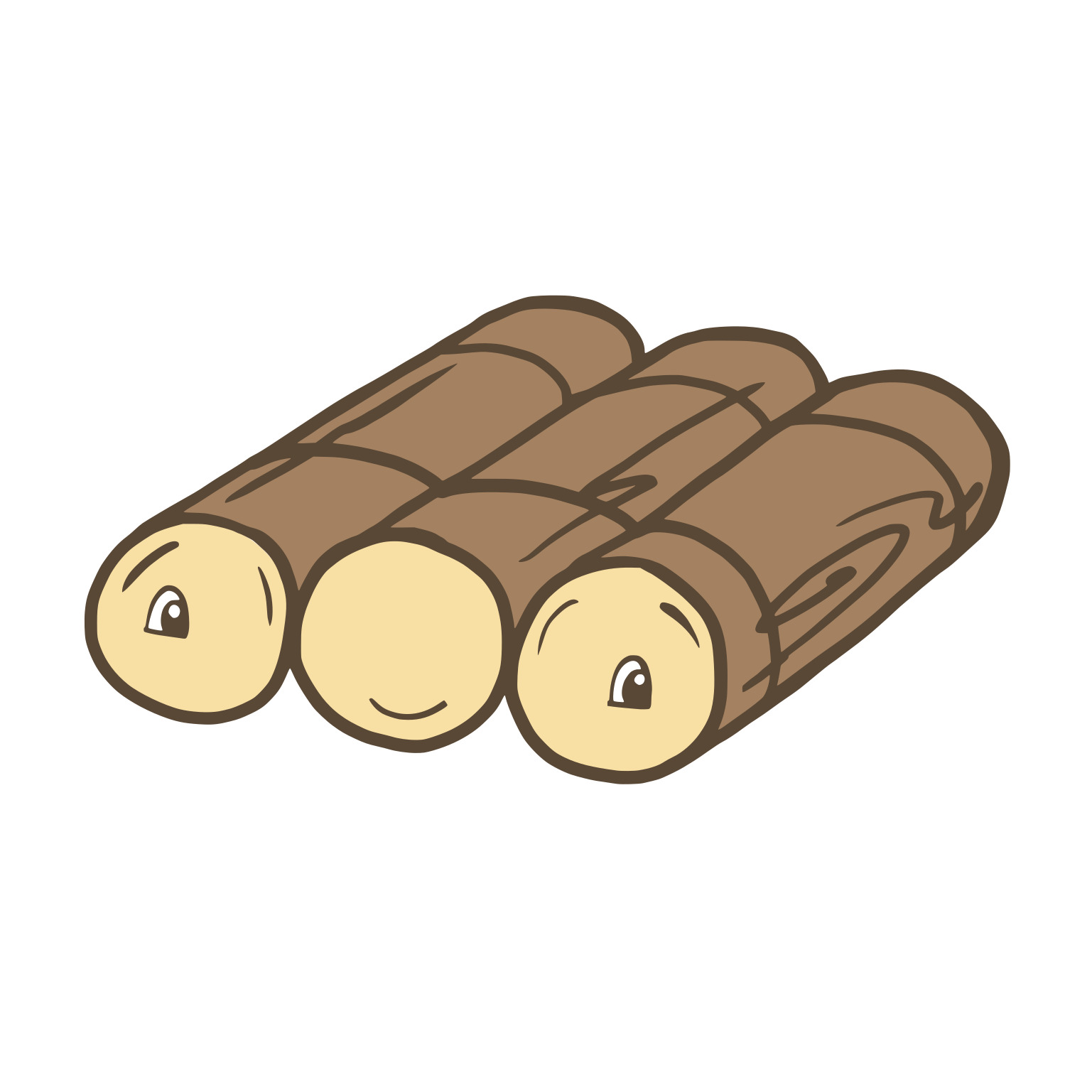
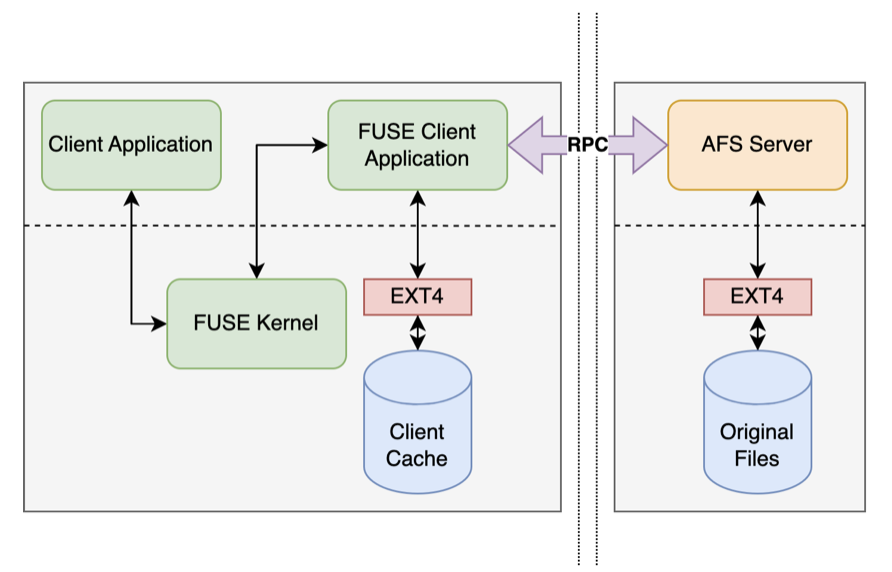

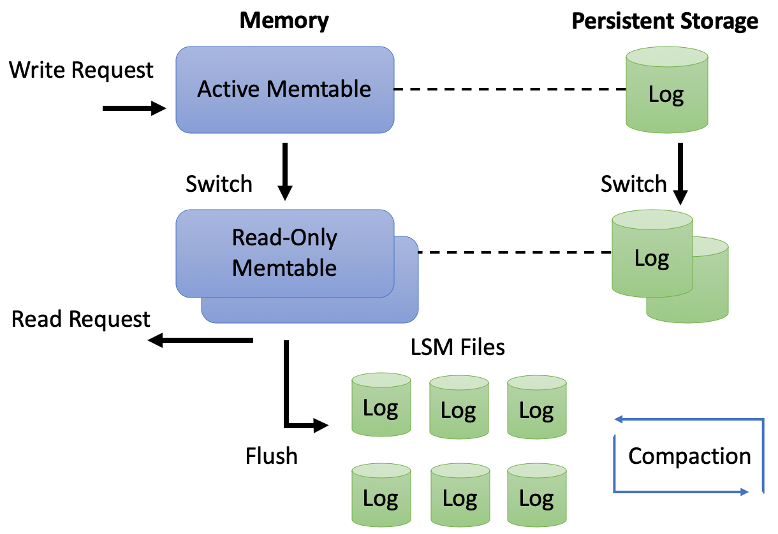
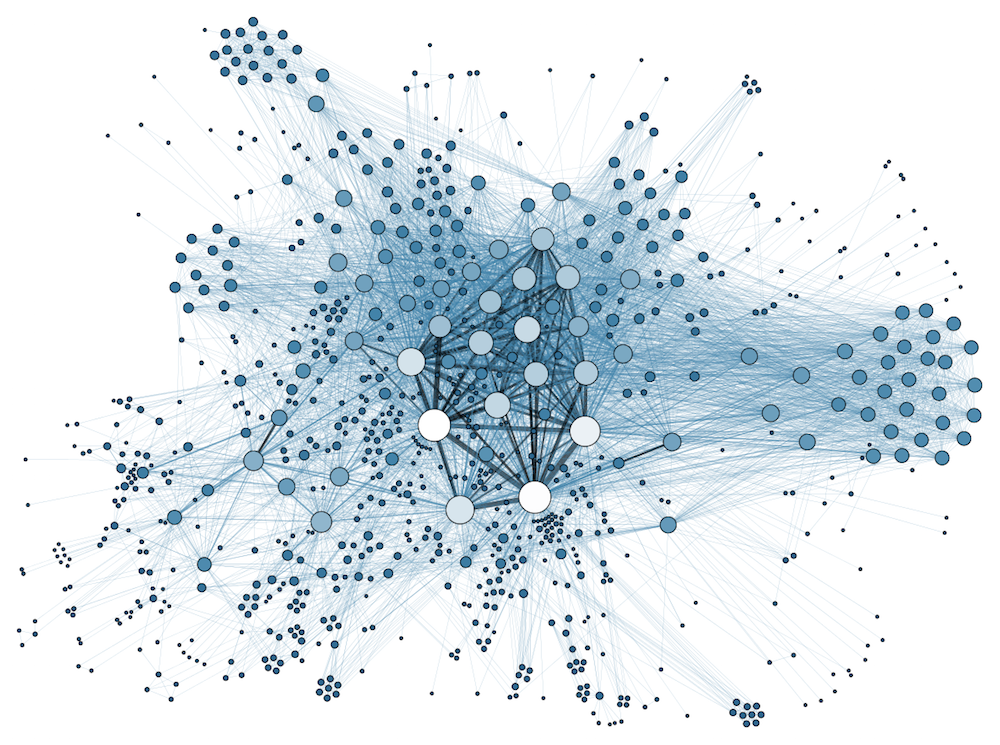
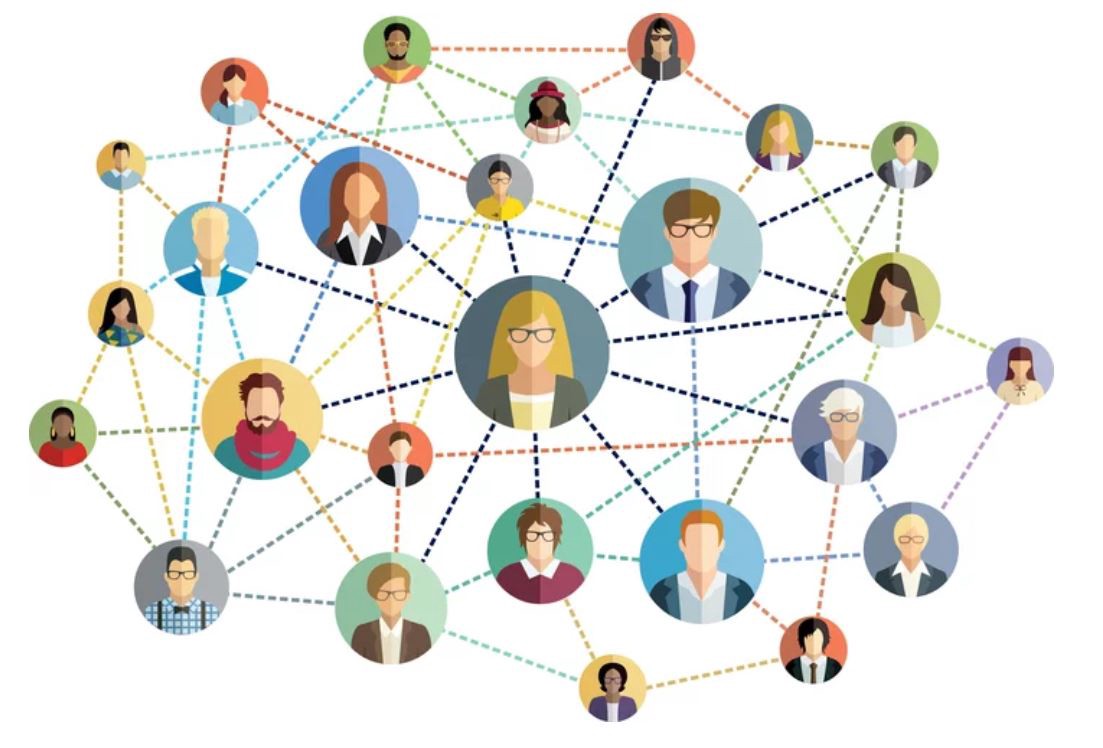
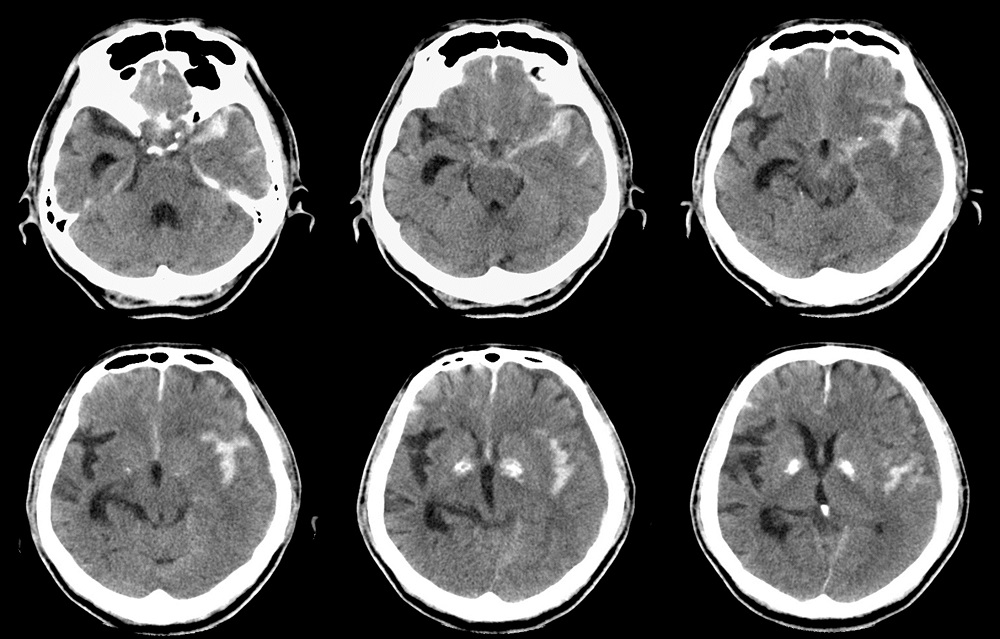
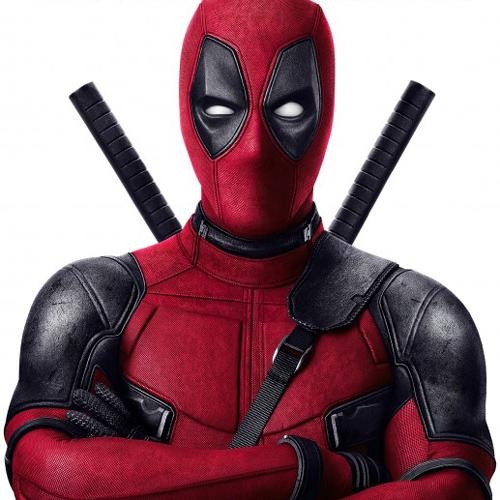
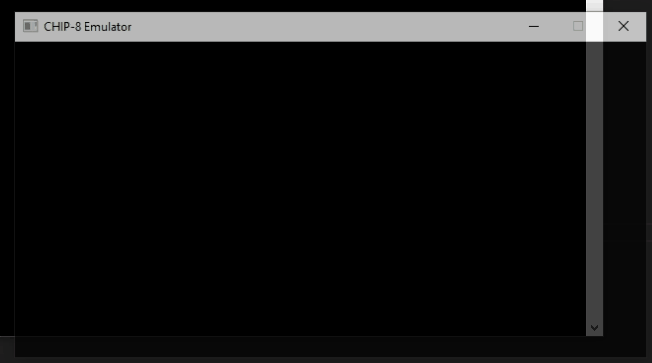





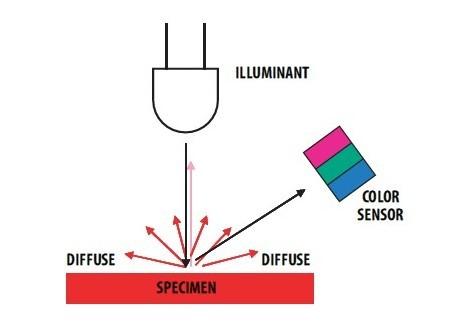

Please refer to my resume for additional information.